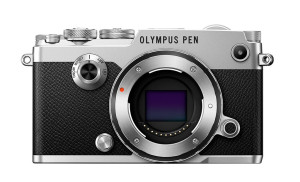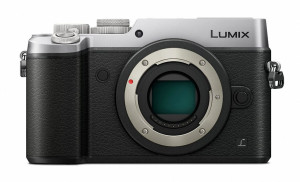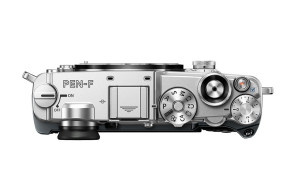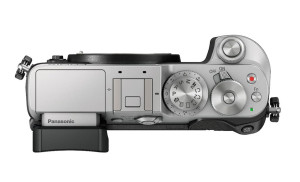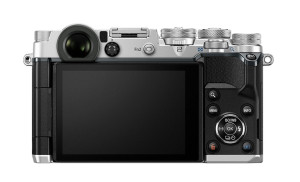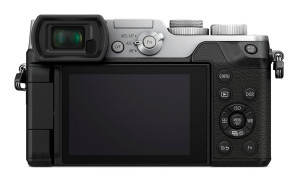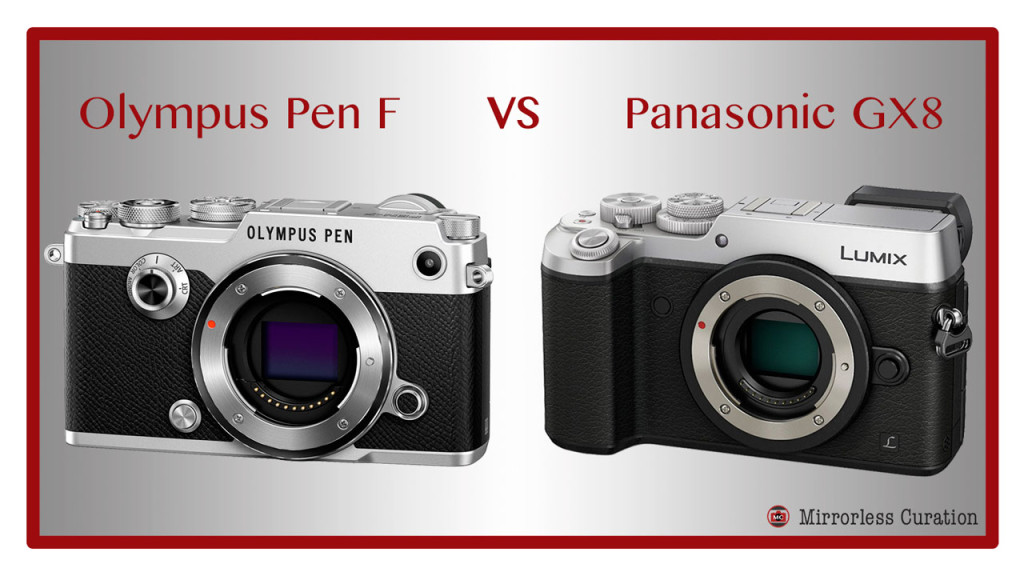
Today Olympus announced their most advanced digital Pen to date, the Pen F. Instead of repeating the news here as well, we thought it would be more interesting to compare the key differences between the Pen F and its direct competitors on the mirrorless market. We’re starting with the Panasonic GX8 since it is the only Micro Four Thirds camera as of now to share the same 20MP sensor.
Also check out: Pen F vs GX8 – Pen F vs E-M5 II vs E-M10 II – Pen F vs E-PL7
Ethics statement: The following list is based upon our experience with Lumix and Olympus cameras. We were not asked to write anything about these cameras, nor were we provided any compensation of any kind. All opinions we express are our own. Within the article, there are affiliate links. If you buy something after clicking the link, we will receive a small commission. To know more about our ethics, you can visit our full disclosure page. Thank you!
Design and ergonomics
- Pen F: 124.8 (W) x 72.1 (H) x 37.3 (D), 427g
- GX8: 133.2 (W) x 77.9 (H) x 63.1 mm (D), 487g
The Pen F is slightly smaller and lighter than the GX8. There is also a substantial difference in the grip: the Pen F lacks a prominent grip on the front but has one available as an optional accessory (the ECG-4 L plate). The GX8 has a built-in grip on the front that makes the camera more comfortable with longer/heavier lenses.
Design is a concrete difference between the two cameras in terms of pure aesthetics. The Pen F has been inspired by the original film camera while the GX8 has a more modern look. Both can be found in two colour combinations: black and black/silver.
The Pen F has an aluminium/magnesium body and the singularity of having no visible screws on any side of the camera. However it is not weather sealed, a characteristic that the GX8 has, along with a magnesium alloy body.
Ease of use
The Pen F has a unique Creative dial on the front of the camera that allows you to switch between different colour and effect modes. We can also appreciate the exposure compensation dial on top, the lock/unlock button on the shooting mode dial and the threaded shutter release button that can host a soft release button. The On/Off switch on top is another nice “vintage” detail of the camera.
The GX8 has the shutter release button on the front grip. We can notice that the shooting mode dial and the exposure compensation dial are grouped together. The focus mode lever on the rear is comfortable and we’ve appreciated it on many Lumix cameras in the past.
- Pen F: 2.36M dots EVF (0.67x, 100% FoV)
- GX8: 2.36M dots tilting EVF (0.77x, 100% FoV)
Both cameras feature a built-in EVF on the left side of the body but the one on the GX8 can be tilted up to 90°. The EVF on the GX8 also has a larger magnification.
The Pen F has 4 custom buttons and the D-pad on the rear can also be customised. There are 4 custom settings accessible from the Mode dial on top, a characteristic we also find on the GX8 (3 instead of 4). The Lumix camera has 5 custom buttons and a customisable D-Pad as well. Both feature a quick menu and extra virtual buttons accessible from the LCD touch screen.
- Pen F: Multi-Angle 1037K dots Touch Sensitive LCD
- GX8: Multi-Angle 1040K dots Touch Sensitive LCD
There isn’t a lot to add about the rear monitor since they both flip to the side and can be rotated as well. It is a solution that filmmakers usually like more than photographers. Both LCD screens are touch sensitive but the GX8 has more options including the creation of a custom AF area just by dragging your finger across the monitor. Both cameras also offer the option of using the LCD screen as an AF Pad to change the focus point while using the EVF.
Both cameras include a hot-shoe mount on top but lack a built-in flash. The Pen F is supplied with a small flash, the FL-LM3. The highest speed sync for both cameras is 1/250s but the Pen F can also go as fast as 1/8000s in Super FP mode with compatible flashguns.
Image quality
- Pen F: 20MP Live Mos sensor
- GX8: 20MP Live Mos sensor
It has taken more than four years for a completely new sensor with a higher megapixel count to appear on a Micro Four Thirds camera (the first 16MP chip was released with the GX1 in November 2011). Panasonic introduced the new 20MP sensor on the GX8 last year and now Olympus is following suit with the Pen F. It is logical to assume that the new 20MP sensor will gradually become the new reference for the system. We know that the sensor is the same chip manufactured by Sony. We compared the GX8 against the E-M1 a few months ago to see what the relevant differences would be in terms of image quality and we found that they were minimal. It is safe to assume that the Pen F won’t be a substantial step forward in this regard but rather a minor upgrade with more resolution.
- Pen F: ISO 200-25600, pull 100, 80
- GX8: ISO 200-25600, pull 100
The most relevant differences between the two cameras might have more to do with their respective processor engines (which has an important impact on the final quality). For example the Pen F pulls the extended ISO value down to 80 which is only a marginal improvement over the GX8 (100). Both cameras have different colour profiles when it comes to colour rendering and we have yet to see if the True-Pic VII processor of the Pen F can improve the high ISO capabilities in comparison to the GX8.
The Pen F differentiates itself with an important feature called High Res Shot. By using the built-in sensor shift technology, the camera can combine 8 shots into a 50MP JPG file and a 80MP RAW file. The technology was seen first on the Hasselblad H4D-200MS (medium format) then the Olympus OM-D E-M5 mark II. Note that to achieve good results the camera must be on a tripod and there mustn’t be any moving subjects in the scene.
Autofocus and performance
- Pen F: 81 contrast detection points
- GX8: 49 contrast detection points
Despite the new sensor, the Pen F has the same AF system found on other Olympus cameras. We have yet to see how it performs for continuous shooting and tracking. At the press event we found it to be very fast in Single AF mode just as most Olympus OM-D and Pen cameras are.
The GX8 also has contrast detection points but incorporates Panasonic DfD technology (Depth from Defocus) that works with Lumix lenses to give faster results. Overall we found the GX8 excellent concerning the AF performance but it can lack some accuracy in continuous and tracking mode.
- Pen F: 10fps in S-AF, 5fps in C-AF
- GX8: 8fps in S-AF and 6fps in C-AF, 10fps with electronic shutter
The GX8 is slightly faster in C-AF while both can reach the same speed in S-AF (the GX8 via electronic shutter). The Pen F has a smaller buffer (16 RAW files) while the GX8 can record a maximum of 30 raw files with a single burst. Note however that the Pen F is compatible with UHS-II standard meaning it can use faster SD cards.
- Pen F: 60s to 1/8000s, up to 1/16000s (electronic shutter), Live Composite, Live Time, Bulb
- GX8: 60s to 1/8000s, up to 1/16000s (electronic shutter), Bulb
The shutter speed specs are exactly the same. However the Pen F has a few extra modes that can be very convenient for long exposures and composite images. Both cameras feature an electronic shutter to extend the shutter speed and work in silent mode. The Pen F also has a first curtain electronic shutter (Anti-Shock 0s) to avoid shutter shock at critical shutter speeds. Unfortunately the GX8 suffers from heavy shutter shock and only the electronic shutter can solves it. A first electronic curtain solution would be welcome.
- Pen F: 5-axis sensor shift
- GX8: 4-axis sensor shift, Dual IS
The Pen F features the best in-body image stabilisation system (5-axis, 5 Ev of compensation like the E-M5 mark II). The GX8 has a 4-axis and a Dual IS mode that combines the in-body stabilisation of the camera with the optical stabilisation of the lens (only 9 lenses are compatible for now).
Video
- Pen F: Full HD up to 60fps, All-Intra codec (72mbps)
- GX8: 4K up to 30fps, Full HD up to 60fps
The Pen F features most of the specs you can find on the E-M5 II. You can shoot Full HD up to 30fps with the All-Intra codec (72mbps) or up to 60fps with the Super Fine quality mode. You also have the option to record short movie clips (4s) and rearrange them after to create an in-camera edited video clip. The camera can also record time-lapse videos up to 4K but with a limited frame rate (5fps).
As usual the Panasonic camera is more advanced when it comes to video capabilities. The GX8 can shoot 4K at 24/25fps and Full HD (AVCHD, MP4) at 60fps. The 4K format also brings some unique features like 4K Photo with different burst modes (30fps) and Post Focus (choose your focus point after taking the shot). You can also create time-lapse and stop motion video in 4K.
Other features
The Pen F has 6 bracketing modes including Exposure (up to 7 frames, 1Ev step), Focus Bracketing (up to 999 shots) and Art Filters bracketing. The camera can also take multiple exposures (up to 3 shots) and has a Photo Story mode that allows you to combine 3 shots together in different frames.
The GX8 has 2 bracketing modes (AE up to 7 shots, 1Ev and WB), multiple exposure and a Panorama mode (JPG only).
Finally, both cameras have Wifi capabilities but the GX8 also gets NFC.
Conclusion
This comparison is only a preview of the specs and capabilities of both cameras. Of course, only a complete comparison with side-by-side sample images can determine if there is a relevant difference concerning image quality.
As you can see both cameras share lots of specs starting from the 20MP sensor. Once again the relevant differences between the two cameras can be found in the video capabilities where, as usual, Panasonic offers more. Olympus has the 5-axis stabilisation system that serves other purposes besides just stabilising the camera, such as the High Res Shot mode.
It can also be a question of design. It is clear that Olympus put a lot of effort into releasing a beautiful product and we admit we really like the silver version.
Finally there is the price. The Pen F can be found at $1199, €1199, £999 (body only) while the GX8 can be found for $1197, €1099, £800 (body only).
Also check out: Pen F vs GX8 – Pen F vs E-M5 II vs E-M10 II – Pen F vs E-PL7

